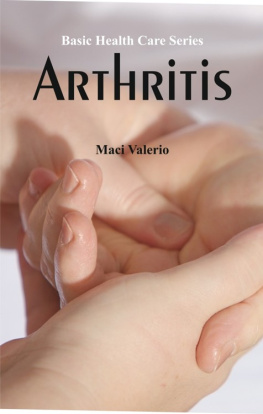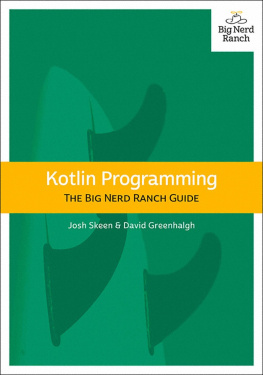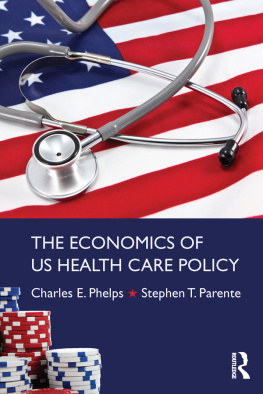Basic Health Care Series
Blood Pressure
Basic Health Care Series
Blood Pressure
Bailee Skeen
Alpha Editions
Copyright 2017
ISBN : 9789386367556
Design and Setting By
Alpha Editions
email - alphaedis@gmail.com
All rights reserved. No part of this publication may be reproduced, distributed, or transmitted in any form or by means, including photocopying, recording, or other electronic or mechanical methods, without the prior written permission of the publisher.
The views and characters expressed in the book are of the author and his/her imagination and do not represent the views of the Publisher.
Contents
Preface
1. Blood Pressure: An Introduction
2. Hypertension
3. High Blood Pressure Symptoms
4. Complications of High Blood Pressure
5. High Blood Pressure Treatment
6. Natural Remedies to Lower High Blood Pressure
7. Controlling your High Blood Pressure
8. Reduce Blood PressureNaturally
9. Lower Blood Pressure Diet
Preface
Blood pressure (BP) is the pressure of circulating blood on the walls of blood vessels. When used without further specification, blood pressure usually refers to the arterial pressure in the systemic circulation. Blood pressure is usually expressed in terms of the systolic (maximum during one heart beat) pressure over diastolic (minimum in between two heart beats) pressure and is measured in millimeters of mercury (mmHg), above the surrounding atmospheric pressure (considered to be zero for convenience).
High blood pressure is defined as a systolic pressure at rest that averages 140 mm Hg or more, a diastolic pressure at rest that averages 90 mm Hg or more, or both. However, the higher the blood pressure, the greater the risk of complicationseven within the normal blood pressure rangeso these limits are somewhat arbitrary.
A hypertensive urgency is blood pressure that is more than 180/120 mm Hg but has not yet caused any organ damage that is apparent to people or their doctors. A hypertensive urgency usually does not cause symptoms.
A hypertensive emergency is a particularly severe form of high blood pressure. Blood pressure is at least 180/120 mm Hg, and there is evidence of progressive damage in one or more vital organs (typically the brain, heart, and kidneys), often accompanied by a variety of symptoms. Hypertensive emergencies are uncommon, but they are several times more common among blacks than among whites, among men than among women, and among people in lower socioeconomic groups than among those in higher socioeconomic groups. If untreated, a hypertensive emergency can be fatal.
This book serves as a reference to many of the viable alternative approaches available today. Murray, a brilliant scientific mind, has put together a wonderful compilation of natural and simple alternatives to traditional medicines that serve as a practical guide in reducing the risk of heart attacks and high blood pressure.
Editor
Blood Pressure: An Introduction
Blood pressure (BP) is the pressure of circulating blood on the walls of blood vessels. When used without further specification, blood pressure usually refers to the arterial pressure in the systemic circulation. Blood pressure is usually expressed in terms of the systolic (maximum during one heart beat) pressure over diastolic (minimum in between two heart beats) pressure and is measured in millimeters of mercury (mmHg), above the surrounding atmospheric pressure (considered to be zero for convenience).
It is one of the vital signs, along with respiratory rate, heart rate, oxygen saturation, and body temperature. Normal resting systolic (diastolic) blood pressure in an adult is approximately 120 mmHg (80 mmHg), abbreviated 120/80 mmHg.
Traditionally, blood pressure is measured non-invasively using a mercury manometer because these gauges are dependent upon only gravity, thus inherently more accurate than alternative types of pressure gauges. In research, the values obtained by an experienced knowledgeable physician using a mercury manometer and stethoscope listening for the Korotkoff sounds are typically within 10 mmHg of the pressures measured via higher sophistication internal measurements of central aortic pressures at heart level. Other methods, which have become more dominant (for cost, time, convenience and concerns about potential mercury toxicity issues) are inherently less accurate.
Blood pressure is determined, moment by moment, by the balance between heart output versus total peripheral resistance and varies depending on situation, emotional state, activity, and relative health/disease states. It is regulated by the brain via both the nervous and endocrine systems.
Blood pressure that is low due to a disease state is called hypotension, and pressure that is consistently high is hypertension. Both have many causes which can range from mild to severe. Both may be of sudden onset or of long duration. Long term hypertension is a risk factor for many diseases, including heart disease, stroke and kidney failure. Long term hypertension is more common than long term hypotension in Western countries. Long term hypertension often goes undetected because of infrequent monitoring and the absence of symptoms.
Classification
Systemic arterial pressure
Classification of blood pressure for adults
Category systolic, mmHgdiastolic, mmHg
Hypotension < 90 < 60
Desired 90119 6079
Prehypertension 120139 8089
Stage 1 hypertension 140159 9099
Stage 2 hypertension 160179 100109
Hypertensive urgency
Isolated systolic hypertension 160 < 90
The table presented here shows the classification of blood pressure adopted by the American Heart Association for adults who are 18 years and older. It assumes the values are a result of averaging resting blood pressure readings measured at two or more visits to the doctor.
In the UK, clinic blood pressures are usually categorized into three groups; low (90/60 or lower), normal (between 90/60 and 139/89), and high (140/90 or higher).
Blood pressure fluctuates from minute to minute and normally shows a circadian rhythm over a 24-hour period, with highest readings in the early morning and evenings and lowest readings at night. Loss of the normal fall in blood pressure at night is associated with a greater future risk of cardiovascular disease and there is evidence that night-time blood pressure is a stronger predictor of cardiovascular events than day-time blood pressure.
Various factors, such as age and sex, influence a persons blood pressure and variations in it. In children, the normal ranges are lower than for adults and depend on height.Reference blood pressure values have been developed for children in different countries, based on the distribution of blood pressure in children of these countries. As adults age, systolic pressure tends to rise and diastolic tends to fall. In the elderly, systolic blood pressure tends to be above the normal adult range, thought to be largely because of reduced flexibility of the arteries. Also, an individuals blood pressure varies with exercise, emotional reactions, sleep, digestion and time of day (circadian rhythm).
Differences between left and right arm blood pressure measurements tend to be random and average to nearly zero if enough measurements are taken. However, in a small percentage of cases there is a consistent difference greater than 10 mmHg which may need further investigation, e.g. for obstructive arterial disease.
The risk of cardiovascular disease increases progressively above 115/75 mmHg. In the past, hypertension was only diagnosed if secondary signs of high arterial pressure were present, along with a prolonged high systolic pressure reading over several visits. Regarding hypotension, in practice blood pressure is considered too low only if noticeable symptoms are present.







